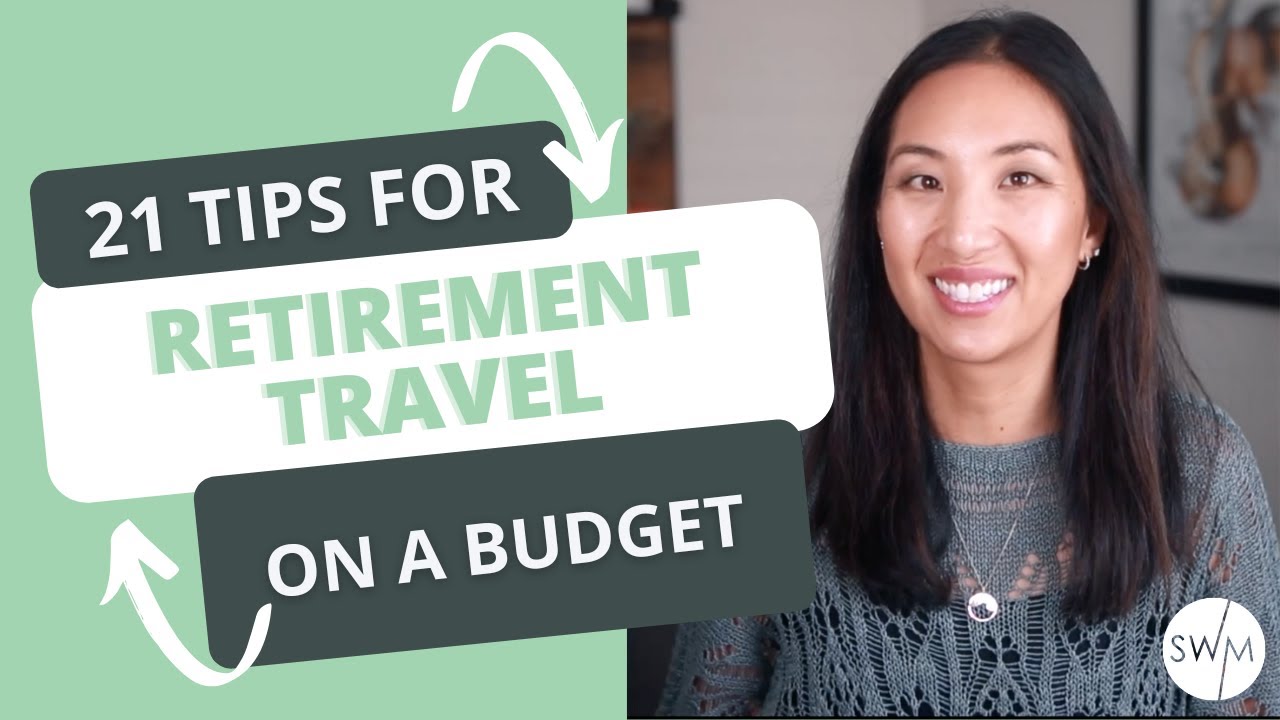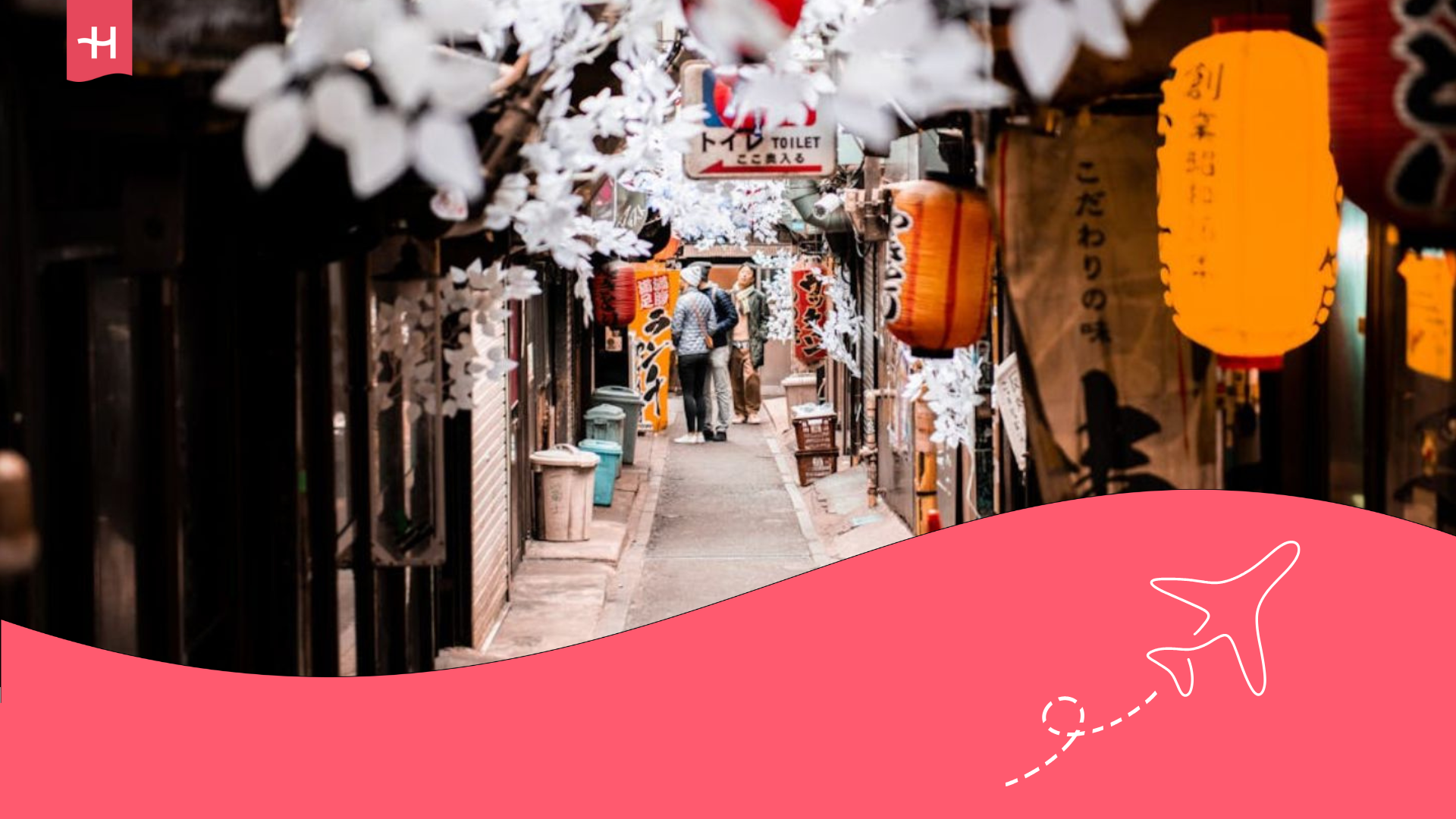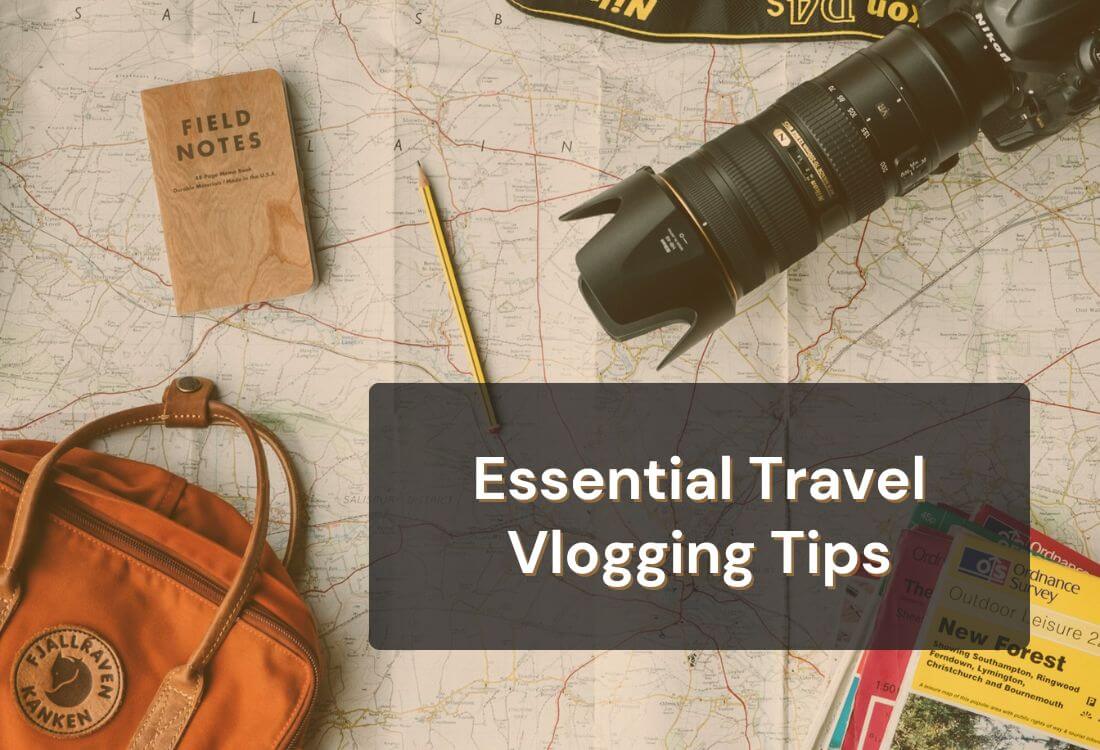The Art of Prioritizing: How to Allocate Your Travel Budget Effectively

The Art of Budgeting for Your Next Adventure
In an era where global travel is more accessible than ever, mastering the intricacies of financial management becomes essential to ensure enriching experiences. While the excitement of exploring new destinations can be exhilarating, the process of allocating funds for various aspects of travel, including accommodation, transportation, and activities, can often lead to feelings of overwhelm.
To navigate through the budgeting maze effectively, one must first understand the importance of prioritizing each category. Consider your travel style: do you prefer a luxurious hotel, a cozy hostel, or perhaps a spacious vacation rental? Each choice comes with a different price tag and can significantly affect your overall budget. For instance, a mid-range hotel may offer comfort and convenience, while hostels could allow you to allocate more funds towards unforgettable experiences or dining.
On the topic of transportation, your options will vary based on the location you choose. In urban centers, utilizing public transit can be economical and efficient. For example, cities like New York or San Francisco boast extensive subway systems that allow you to explore major attractions without breaking the bank. Alternatively, if your destination calls for more remote adventures, investing in a rental car might offer the freedom to explore at your own pace, especially when venturing to national parks or quaint towns.
Equally important is the allocation for experiences. Whether it’s a guided historical tour, a culinary adventure featuring local cuisine, or entry fees to immersive attractions, ensuring that you have set aside a budget for these activities will significantly enhance your trip. Researching popular tours in destinations such as Nashville for its vibrant music scene or the Grand Canyon for its breathtaking landscapes can inspire your itinerary while keeping your finances balanced.
As you formulate your budget, it’s crucial to also consider local costs and hidden expenses that might not be immediately apparent. For instance, some attractions may have extra fees for photography or require advance reservations that could add up. Understanding the typical costs of meals or souvenirs can further illuminate potential savings. Utilizing resources like budgeting apps or travel blogs can provide valuable insights to help you fine-tune your plan.

Ultimately, with a well-structured budget in place, you can savor every moment of your journey while ensuring that your travel funds extend further than you initially anticipated. The key lies in embracing flexibility and informed decision-making, allowing you to experience the full spectrum of what your destination has to offer, from lavish meals to local hidden gems.
DON’T MISS OUT: Click here to discover exciting travel itineraries
Understanding Your Travel Budget Needs
Before diving into the thrill of planning your next getaway, it’s vital to establish a clear understanding of your travel budget needs. Allocating funds effectively requires you to first reflect on your priorities and what ultimately matters most during your journey. This contemplation can guide you in setting realistic expectations and determine how to split your budget across various categories.
One critical aspect of prioritizing is recognizing your must-haves versus nice-to-haves. Begin by categorizing your potential expenses into essentials and luxuries. Essentials might include flights, accommodations, and food, while luxuries encompass activities such as spa treatments or premium dining experiences. By establishing this distinction, you can more easily allocate funds where they are most impactful.
Here’s a quick breakdown of expenses to consider when crafting your travel budget:
- Transportation: Flights, trains, buses, or car rentals
- Accommodation: Hotels, hostels, vacation rentals, or camping
- Food: Grocery, restaurants, and snacks
- Activities: Tours, entrance fees, and unique experiences
- Miscellaneous: Souvenirs, tips, and unexpected expenses
Next, delve deeper into the transportation segment of your budget. For many travelers based in the United States, airlines often represent a significant portion of travel costs. Utilize flight comparison websites and set fare alerts to ensure you’re getting the best deal. Flexibility in your travel dates can also lead to substantial savings, particularly if you’re willing to fly mid-week or during off-peak seasons.
When it comes to accommodations, consider all possibilities available in your destination. From budget-friendly hostels to luxury hotels, understanding what each option offers based on location and amenities is crucial. Websites such as Airbnb or Booking.com can help you explore alternatives that not only save money but also provide a local ambiance that hotels typically lack.
Another avenue to explore is local cuisine. Dining experiences can range from food trucks to fine dining, and embracing the local food scene can elevate your trip while keeping it budget-friendly. Researching and making a list of local eateries can help you enjoy authentic flavors without breaking the bank. Street food, for example, is often affordable and provides a taste of the local culture that you simply can’t experience in a sit-down restaurant.
Finally, it pays to remain proactive regarding unexpected expenses. This could include anything from emergency medical costs to last-minute activity fees. Setting aside a small portion of your budget for these unforeseen circumstances can provide peace of mind and allow you to respond flexibly while on the road.
Mastering the art of prioritizing your travel budget requires both introspection and research. By determining what’s truly important for your adventure and preparing for various expenses, you’ll create a financial framework that allows your travel dreams to flourish without the stress of overspending.
When it comes to allocating your travel budget effectively, the key lies in understanding your priorities and aligning them with your financial resources. Traveling can be a deeply enriching experience, but it often requires careful planning to avoid overspending. One effective strategy is to categorize your expenses into essential and non-essential categories. Essential expenses might include accommodations, transportation, and food, while non-essential ones might cover entertainment, souvenirs, and luxury experiences.By focusing on essential items first, you ensure that you have a solid foundation for your trip, allowing for enjoyable experiences without the stress of financial strain. Moreover, consider setting a daily budget based on your overall travel length. This approach can prevent impulsive purchases and help maintain a sustainable spending pace throughout your journey. Every destination offers various experiences, and understanding the cost differences can also guide your prioritization. For instance, traveling during the off-peak season can yield better deals, allowing for an enriched travel experience with the same budget. Researching local attractions, dining options, and transportation modes will further enable you to make informed choices that align with your travel goals.It is crucial to remain adaptable. Conditions like weather changes, local events, or personal health can influence spending patterns. Having a flexible budget can accommodate these unforeseen circumstances. Moreover, tracking expenses can provide insights into your spending habits, helping you make necessary adjustments on the go. By employing strategies like prioritization, categorization, and adaptability, you can transform your travel budget from a mere number into a roadmap for unforgettable adventures. The goal is not just to manage costs but to maximize the enjoyment and empowerment that travel brings. To simplify your financial management, consider the following table which outlines effective budget allocation strategies.
| Category | Description |
|---|---|
| Essential Costs | Includes necessary expenses like accommodations, transportation, and food. |
| Non-Essential Costs | Comprises optional spending like entertainment, souvenirs, and luxury services. |
In essence, mastering the art of prioritizing your travel budget lays the foundation for rewarding travel experiences that are both enjoyable and economically feasible. As you embark on your planning journey, keep these strategies at the forefront, and watch as you unlock a world of adventures while maintaining financial peace of mind.
DISCOVER MORE: Click here to uncover exciting travel itineraries
Finding Balance in Your Travel Experiences
After pinpointing your core expenses, the next step in the art of prioritizing is to find balance in your travel experiences. This involves evaluating how your allocated budget translates into actual enjoyment and fulfillment during your trip. Each decision you make about spending should align with your values and expectations to create a fulfilling travel experience.
Evaluating Experiences vs. Expenses is crucial. Often, the costliest activities do not necessarily yield the most memorable experiences. For instance, a breathtaking hike through lush landscapes might be just as rewarding as a pricey guided tour. To customize your travel itinerary, consider a blend of both paid activities and enlightening free options. Explore free city walking tours, discover local parks, or take part in cultural festivals. Many cities in the U.S. host free events, such as music festivals, art exhibitions, or outdoor movie nights, which offer enriching experiences without straining your wallet.
Moreover, think about a mixed itinerary. Balance splurges with budget-friendly options across accommodation, dining, and activities. Consider minimal spenders for some nights in hostels or vacation rentals, enabling you to enjoy a lavish stay at a boutique hotel on other nights. This strategy allows you to experience luxury without sacrificing the other elements of your trip. Websites like Hostelworld or HomeAway can help you identify budget-conscious stays that don’t compromise comfort.
When planning your meal budget, allocate funds wisely by setting a daily limit that permits indulgence at local restaurants while also including grocery shopping for breakfast or snacks. Many travelers find that preparing a simple meal or enjoying a picnic can be immensely satisfying. Attractions, such as San Francisco’s Ferry Building Marketplace or Charleston’s City Market, are perfect for collecting local ingredients while soaking up the local culture.
A critical area where many travelers often overlook their expenditures is in activities and attractions. Consider bundling your tickets for various attractions or seeking local discounts. Many cities offer attractive city passes that grant access to multiple attractions at a reduced rate. For instance, the New York Pass provides access to a generous number of iconic sights, allowing travelers to save while exploring the Big Apple’s landmarks.
Additionally, researching online reviews and travel forums can reveal lesser-known, cost-effective experiences that may not be on typical tourist radars. Websites like TripAdvisor and Reddit can be goldmines for recommendations from fellow travelers who have unearthed budget-friendly gems. By prioritizing authentic experiences highlighted by local insights, you enrich your adventure without overstretching your finances.
Finally, always aim for a balance between experiential learning and leisure. Engaging with local communities, attending cultural workshops, or volunteering can offer profound insights into the places you visit, enriching your travels far beyond material comforts. Prioritizing your budget for these immersive experiences will lead to greater personal satisfaction and a deeper connection with the destinations you explore.
Mastering the allocation of your travel budget is an ongoing journey that requires evaluation and flexibility. As you chart a path that marries financial prudence with unforgettable experiences, you will discover that the true essence of travel lies in balancing delight with discernment.
DISCOVER MORE: Click here to dive deeper into America’s musical heritage
Conclusion
In the ever-changing landscape of travel, mastering the art of prioritizing your budget is essential for creating enriching experiences without breaking the bank. By understanding and evaluating essential costs, you can tailor your spending to align with your values, resulting in a deeper connection with the destinations you visit. As you blend indulgent activities with budget-friendly options, you’re not just saving money; you’re curating a diverse travel experience that enhances your adventure.
Embracing a mixed itinerary, where splurges are balanced with cost-effective choices, allows you to enjoy the best of both worlds. Whether it’s dining at local eateries after a day of exploring free attractions or opting for unique accommodations that fit your budget, every decision should reflect your personal travel philosophy. Remember, it’s not always the expensive options that yield the most satisfaction; sometimes, it’s the simple joys that leave lasting memories.
Additionally, the research of local discounts, city passes, and hidden gems significantly enriches your journey, inviting you to discover the true essence of a place. Engaging with local communities and finding opportunities for experiential learning can lead to transformative travel experiences unavailable through traditional tourism. Prioritizing your budget for these priceless moments fosters a sense of fulfillment that transcends material comforts.
Ultimately, learning how to allocate your travel budget effectively is an ongoing process that invites exploration and reflection. By striving for a harmonious balance between financial stewardship and unforgettable experiences, you’ll find that the heart of travel lies not only in discovering new places but also in crafting stories that resonate long after the journey ends.


